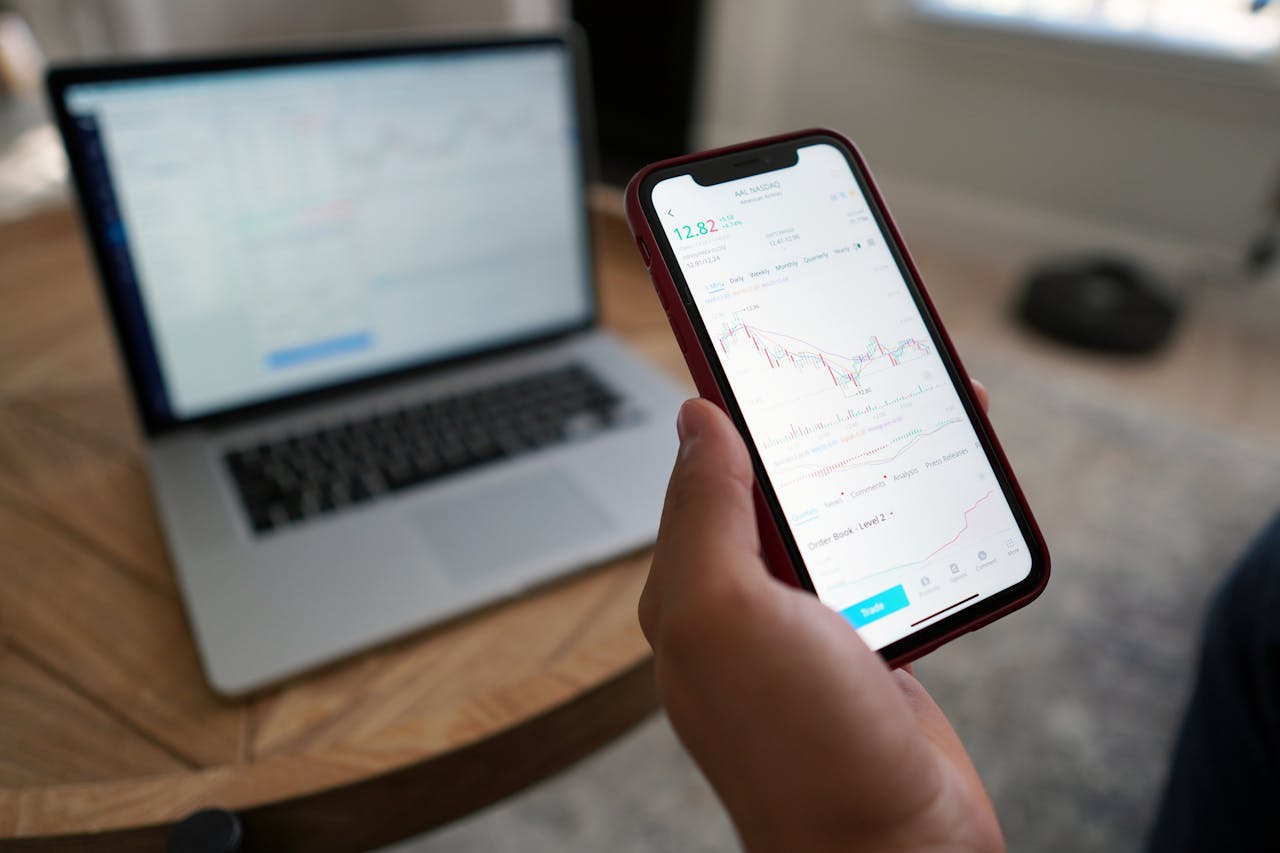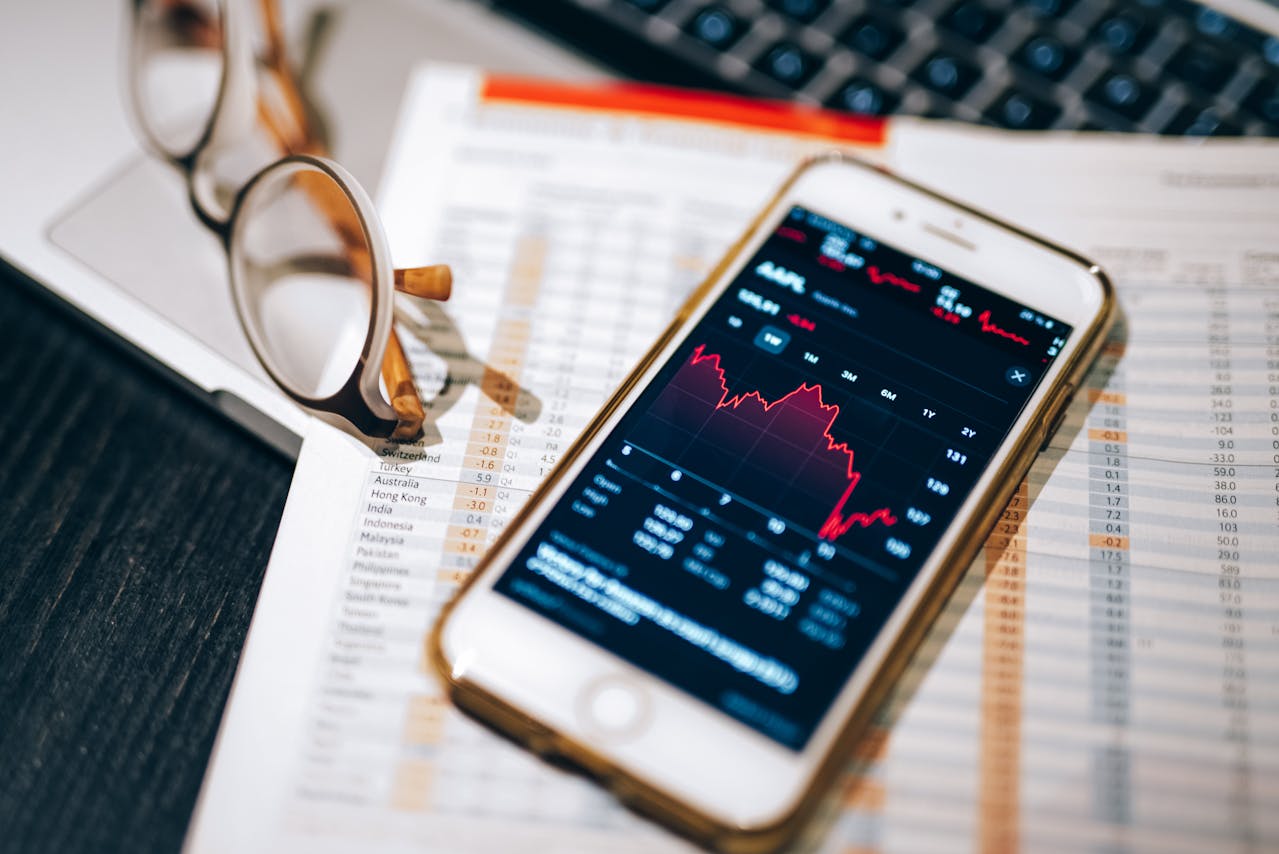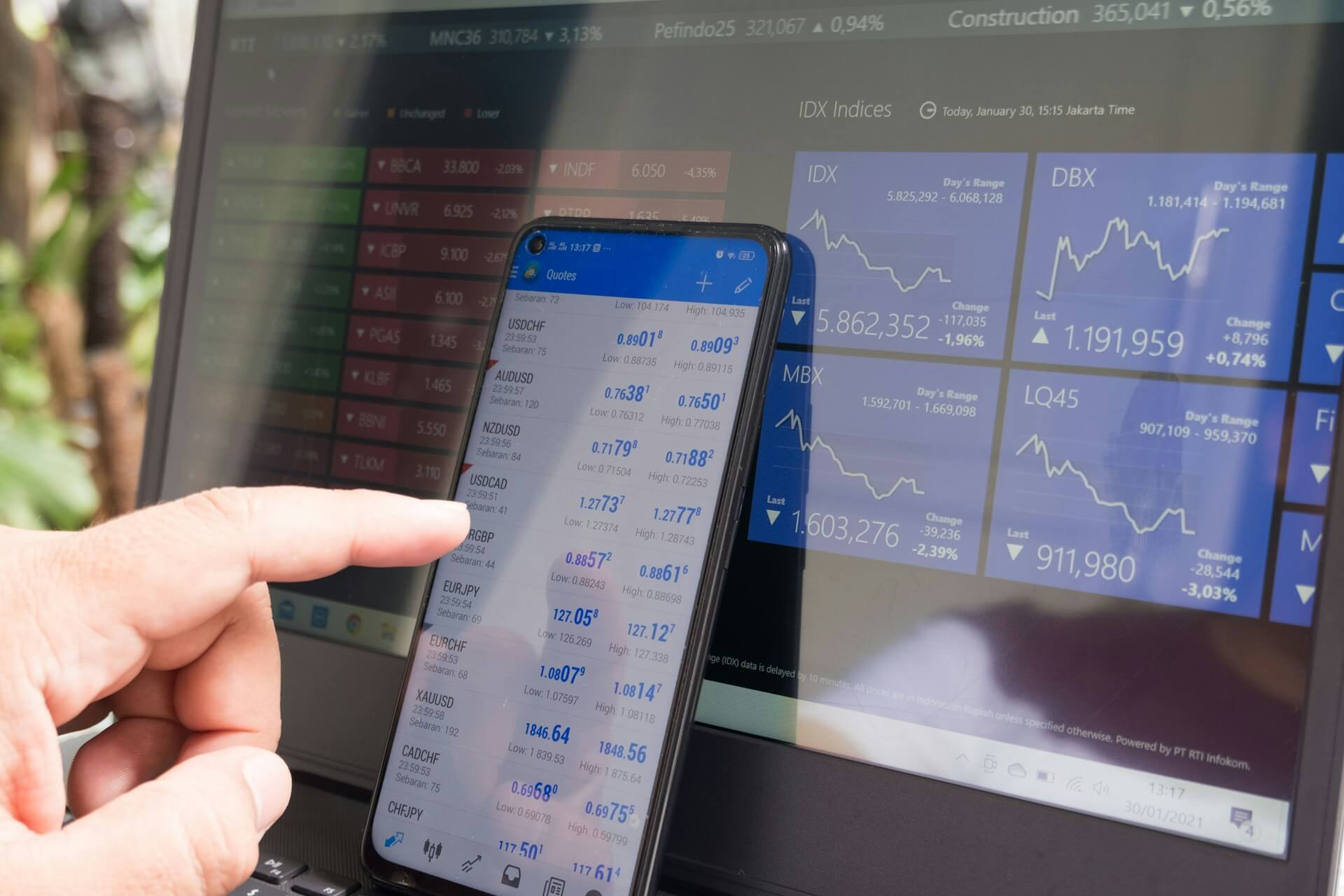Choosing the right trading platform is like finding a trusted partner in your financial journey. A wrong choice can frustrate you with slow execution, missing tools, or even confusing layouts.
Let’s cut the fluff and get straight to the point—your platform must align with your goals, whether you’re seasoned or just starting.
Key Points
- Prioritize user-friendly interfaces for efficient trading.
- Check for low fees and hidden charges.
- Reliable customer support can save time and stress.
- Comprehensive analytical tools are non-negotiable.
- Security features should be top-tier to protect your funds and data.
- Look for fast execution speeds to avoid slippage.
User-Friendly Interface: Does the Platform Make Trading Smooth?

Image source: pexels.com
Your first impression matters. A trading platform should feel intuitive. Navigation should make sense, and you shouldn’t need a manual to find basic functions.
Simplicity doesn’t mean lack of features—it’s about presenting powerful tools in a way that doesn’t overwhelm.
For instance, a platform like Binomo offers simplicity combined with functionality. Its sleek interface lets you execute trades without getting lost in unnecessary details. Curious? Check them out.
Fees and Costs: What’s Eating Into Your Profits?
Costs can sneak up and erode your gains. Keep an eye on:
- Transaction fees: Small fees can pile up, especially for high-frequency traders.
- Withdrawal charges: Some platforms sting you when you move funds.
- Hidden fees: Avoid surprises; always read the fine print.
Compare platforms side by side. A simple histogram can help visualize fee structures across different choices, making it easier to spot value.
Execution Speed: Can You Rely on Fast Trades?

Image source: pexels.com
Imagine spotting the perfect opportunity, but your trade execution lags. Frustrating, right? Slow platforms cause slippage, turning potential wins into losses. Prioritize those that execute trades in milliseconds. Speed matters in volatile markets.
Security: Is Your Money Safe?
Without solid security, even the best features fall flat. Look for:
- Encryption protocols: Ensure transactions and data are secure.
- Two-factor authentication (2FA): Adds an extra layer of protection.
- Regulation compliance: A regulated platform ensures accountability.
Chart below shows how regulated platforms perform in security ratings compared to unregulated ones:
| Feature | Regulated Platforms | Unregulated Platforms |
| Encryption Standards | High | Medium |
| 2FA Availability | 90% | 50% |
| Accountability Ratings | Excellent | Poor |
Analytical Tools: Do You Have the Right Weapons?

Image source: pexels.com
Trading without proper tools is like navigating without a map. Top platforms offer features like:
- Real-time data feeds to keep you updated.
- Customizable charts for advanced analysis.
- Indicators tailored to various strategies.
- Economic calendars to track impactful events.
Don’t settle for outdated or limited analysis options. The better your data, the smarter your decisions.
Customer Support: Can You Count on Assistance?
No matter your skill level, hiccups happen. Whether it’s understanding a tool or resolving a technical glitch, responsive support makes a difference. Test the platform’s support with basic queries before committing.
Mobile Compatibility: Are You Free to Trade Anywhere?

Image source: pexels.com
Trading on the go is crucial. Mobile apps should mirror desktop functionality with optimized layouts. They need to offer the same tools, fast execution, and easy navigation. Don’t compromise on mobile usability if you’re frequently away from your desk.
Educational Resources: Does the Platform Help You Grow?
A good trading platform doesn’t just execute trades; it empowers users with knowledge. Look for:
- Tutorials to master tools.
- Webinars hosted by market experts.
- Simulated accounts for risk-free practice.
Platforms that focus on education build long-term user loyalty, so don’t underestimate this feature.
Key Steps for Evaluating Trading Platforms
Here’s a checklist to guide your evaluation process:
- Assess the interface: Does it make sense at first glance?
- Research fees: What are you paying for every transaction?
- Check execution speeds: Is it fast enough for your needs?
- Analyze security features: How safe are your funds?
- Test customer support: Are they responsive?
- Explore analytical tools: Are they sufficient for your strategy?
- Evaluate mobile functionality: Can you trade seamlessly on your phone?
- Seek educational resources: Is it beginner-friendly?
Conclusion
Finding the right trading platform takes effort, but it’s worth it. Think of it as an investment in your financial journey.
Each feature—from execution speed to customer support—contributes to your overall experience and results. Start by listing your must-haves, and test a few platforms to find the best fit. A smart choice today lays the groundwork for consistent wins tomorrow.












